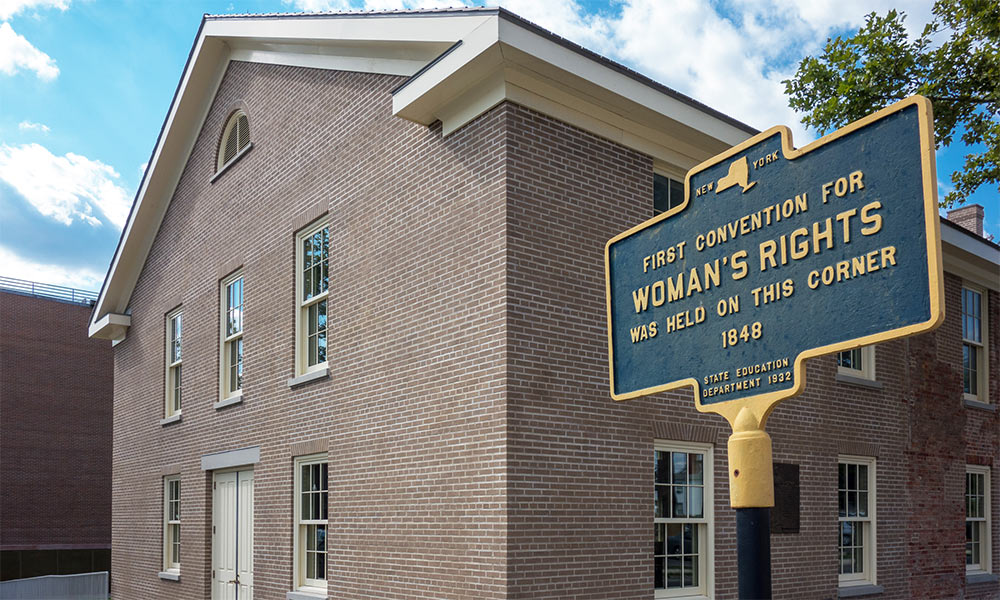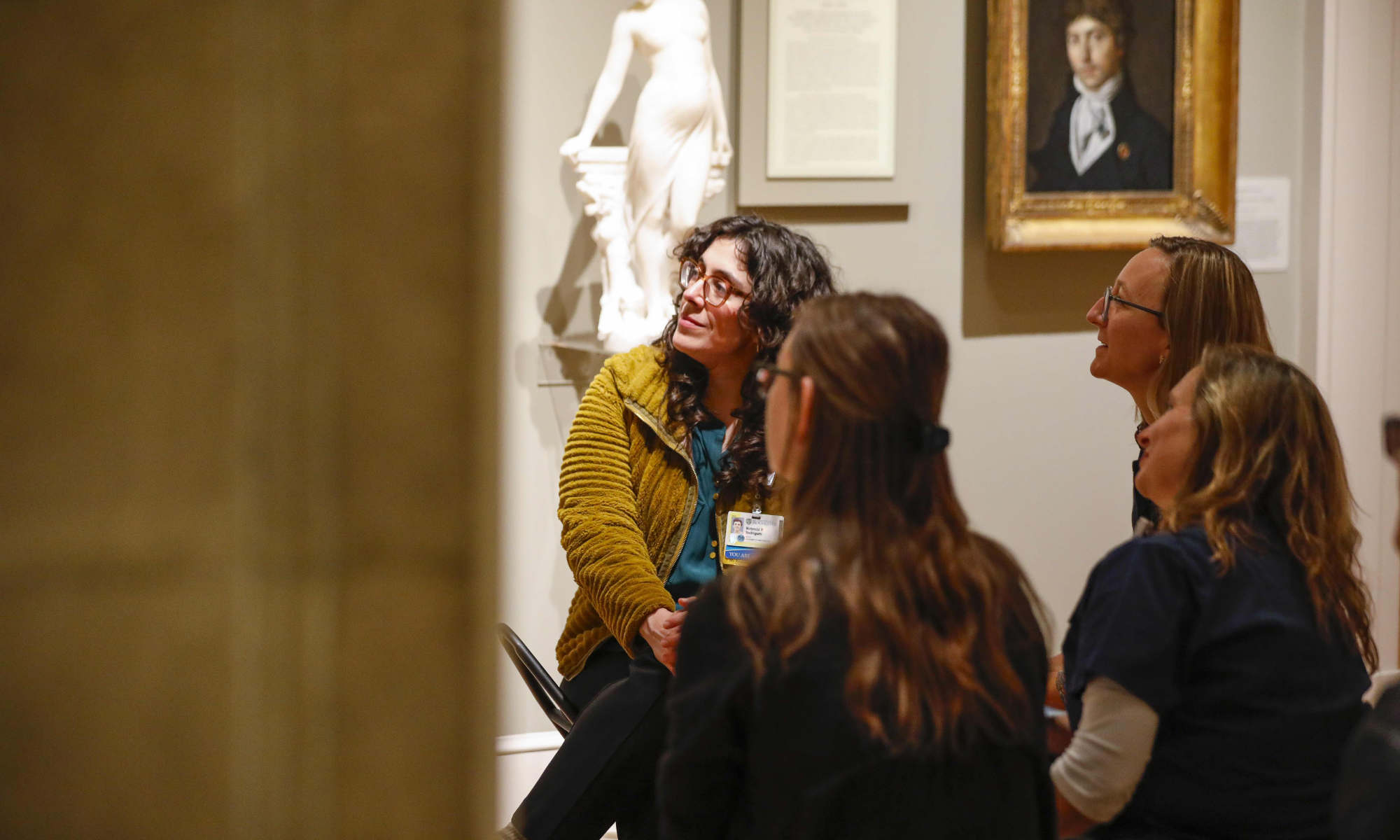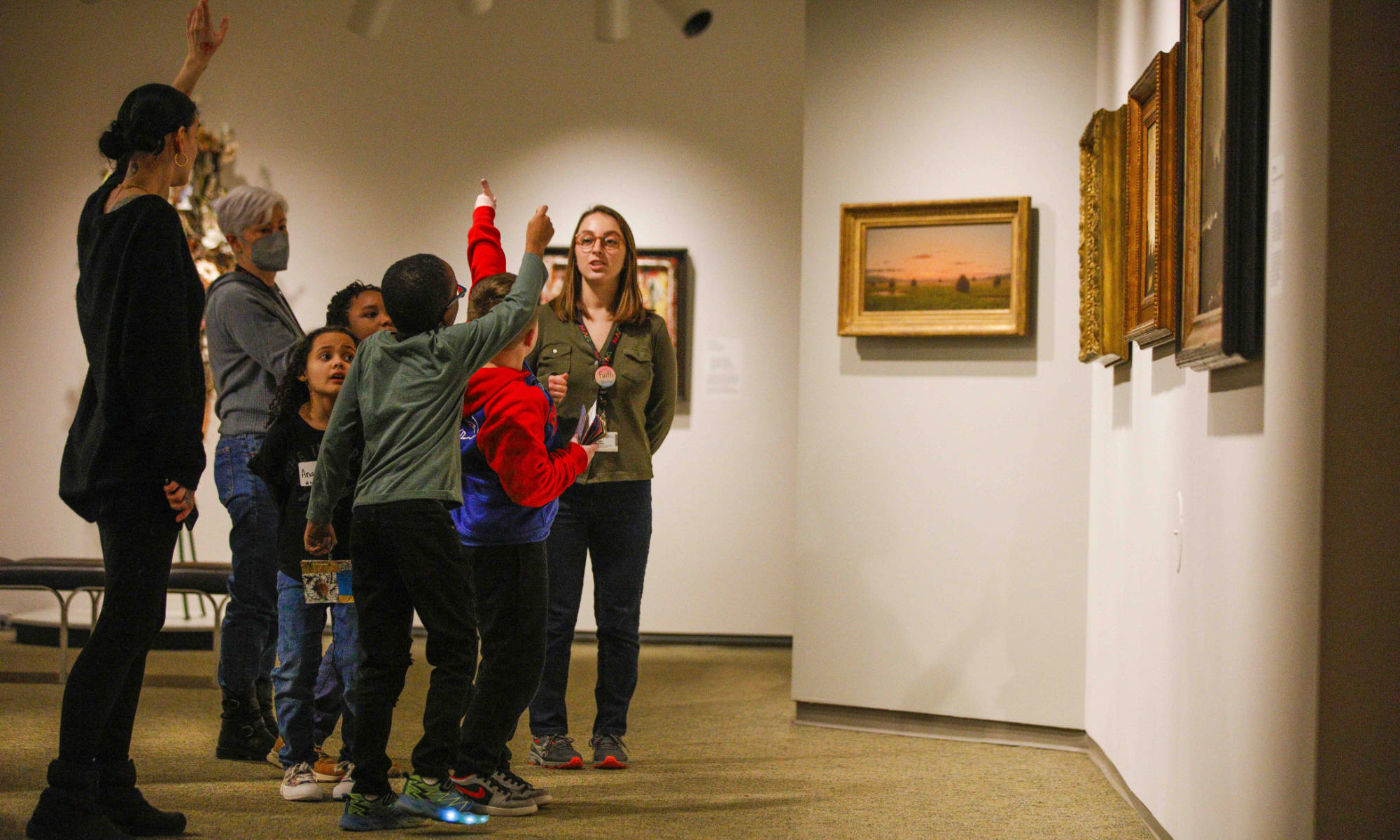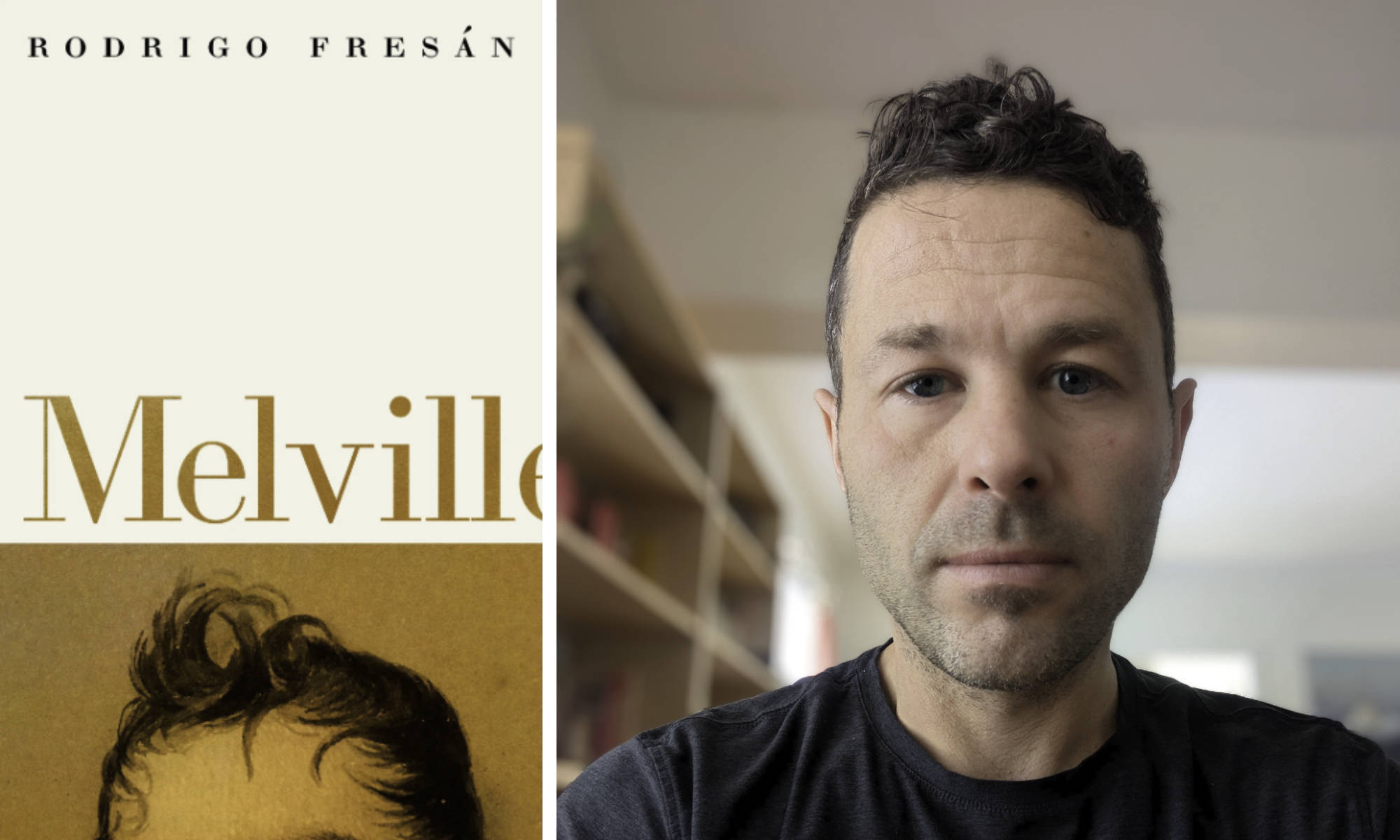Where you can hear the Women’s Chorus
The Women’s Chorus will perform a free concert with the Eastman Repertory Singers at 8 p.m. Friday, October 21 at Kilbourn Hall at the Eastman School of Music.
Program at Seneca Falls Dialogues Conference
Silvey has created a program of selected musical pieces that not only fit the occasion, but also create educational opportunities. The first part of the program centers on a theme of legacy of freedom through music, activism, and social justice:
- “Reverberations,” an original chant piece done with a Tibetan singing bowl, an instrument made out of iron that produces a sustained sound.
- “Santa Maria Leva,” a medieval-period sacred Virgin Mary piece that draws from traditional icons with narratives of restoration and redemption.
- “Lineage,” a composition by Andrea Ramsey, and based on the poetry of American poet Margaret Walker.
- “On Children” is written by Dr. Ysaye Barnwell, a long-time member of the all-female a cappella group Sweet Honey in the Rock, set to the poetry of Lebanese –American poet Kahlil Gibran.
- “Past Life Melodies” is composed by Australian composer Sarah Hopkins.
The last three pieces on the program represent the different instances of injustice in history and show how music galvanized protesters who wished to assemble and unite in their causes:
- “Suffrage Song” is the rally song first performed at the convention in 1848.
- “Asikhatali” is a South African freedom song that arose during apartheid.
- “We Shall Overcome” is the civil rights anthem sung at many American rallies.
In the same place that Elizabeth Cady Stanton—one of the leading voices of the women’s rights movement—first stood, to declare the right to vote, the University of Rochester’s Women’s Chorus will also stand.
“I think back about how far we’ve come and about how important it will be to exercise my right to vote,” says Jackie Powell ’18. Powell, along with more than 60 other young women who make up the ensemble, will perform at the site of the Seneca Falls Dialogues conference on Saturday, October 22. Less than a month away from an election where voters have a choice to elect the first woman president, the chorus will express women’s suffrage through song.
The Women’s Chorus performs “Suffrage Song” during Meliora Weekend.
It’s the ensemble’s first trip to the Women’s Rights National Historical Park in Seneca Falls where they will sing a program of a capella music at the Wesleyan Chapel, the site where the “Declaration of Sentiments,” was first proposed by Stanton in 1848. The biennial event attracts more than a 100 educators, activists, and students who come together to discuss activism, and exchange ideas in the spirit of the first women’s national convention.
A popular joint ensemble at the University, the Women’s Chorus is the only ensemble comprised of students—both music majors and nonmusic majors from the Arts, Sciences and Engineering, as well as voice and opera students from the Eastman School of Music. The ensemble also includes members from the Rochester community. The singers meet outside of their regular class schedule, but Philip Silvey, assistant professor of music education at Eastman, uses that time to teach topics as it is related to the humanities. “I think of it as women’s studies,” says Silvey. Much of the music and materials taught during the chorus rehearsals are works performed by women, women poets, and women composers. “It’s a powerful way for them to engage in poetry and music and to express themselves, says Silvey. “I teach them about being artists and being artful in the way that they communicate. It’s the idea of 21st-century skills, the kinds of skills that people are going to need for the current workforce, including creativity, problem solving, and cooperation. I think about us experiencing those in a musical way that they might not experience in a lab class or in a lecture class,” Silvey says.
The significance of the women’s suffrage movement takes on a special meaning for the Rochester area as its former resident, famed abolitionist Frederick Douglass became a champion to Stanton’s declaration. There’s also the connection and long-time friendship between Stanton and Susan B. Anthony, who not only served as the pioneers for women’s rights, but had an impact on the future of American civil rights.
Sung entirely from memory, the chorus will perform a program of eight songs in the middle of the day. And throughout the conference, the chorus members will have the freedom to explore the museums, take part in the ongoing conversations, or attend the programs. “He hasn’t just created this chorus where they sing pretty music and that’s it,” says Honey Meconi, professor of music in Department of Music and professor of musicology at the Eastman School of Music. “He’s created a learning environment where they learn what it’s like to be a woman.” Meconi, who also served as director of the Susan B. Anthony Institute for Gender and Women’s Studies for several years, says she’s ecstatic for experience that the Women’s Chorus will have during their visit. “It’s an incredibly symbolic year,” says Meconi. “Women have come a long way from the 19th century. But also—here we are in Rochester, New York. It’s a historical place of the abolition and women’s rights movements and people who come to Rochester often haven’t been to visit what’s in our own backyard,” she says.
It’s a sentiment also shared by Powell, an international relations major, writer of a women in sports column for the Campus Times, and radio host of the show, “Everybody Talks,” on The Sting, a WRUR online radio. “I think it’s cool that the material really relates to who we are as women,” says Powell. “Dr. Silvey is very progressive. “He’s a lot about the storytelling and it’s why I’m in the Women’s Chorus. I can take my angst and I can put it into something positive. It’s about the female experience,” says Powell.




